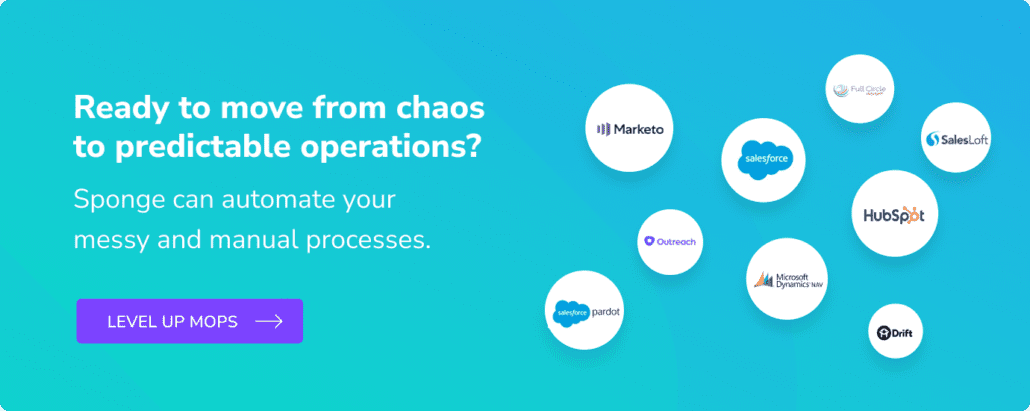Most B2B marketing databases use an “active list” for their regular email sends. Active lists ensure the database isn’t bloated with stale contact info or (worse) spam traps. But since an “inactive” status is a dead end for Marketing, we recommend sending one final nurture campaign. Here’s how we reengage inactive contacts.
>> Related: 8 Best Practices for Nurture Email Campaigns <<
In this post:
Step 1: Define success
Companies (or their legal teams) define “activity” and “inactivity” in different ways. Be sure you’re fluent in your policy:
- What does active engagement look like? Opening emails, clicking emails, or filling out forms? Do we need to control for spam bots?
- How long can we hold onto contacts that aren’t actively engaging? This tends to be far shorter in B2C orgs. For B2B, it’s usually 6-12 months.
- How long is the reengagement campaign? I recommend 3-5 emails sent at your normal cadence (i.e. once a week).
- How many times can I try to re-engage an inactive contact? How will we stamp this on their record so we know how many times we’ve tried?
- When can I delete inactive contacts to make space in my database?
Step 2: Personalize
As much as you can customize offers, the better. Find different ways to carve up the list… by industry, topics of interest, title, lead source, etc. The goal is to serve hyper-relevant, clickbait offers to each group and “get the click.”
Step 3: Gather your most engaging content
It’s time for the most popular and most clickable offers you have. Even if they’re old or a little off brand. We’re just trying to reset the engagement clock (if this sounds a lot like an IP warmup, you’re not wrong).
Content tips:
- Digests are a great way to stuff a bunch of offers in a single email.
- A “most popular” heading can add a little FOMO.
- Use ungated TOFU content, like blogs, videos, and infographics. This is not the time to ask someone to read a 60-page report or watch a 40-minute webinar
- Play around with your email design… a plain text email that “comes from” the CEO will probably outperform a pretty email!
- Be explicit… “We haven’t heard from you in a while? Do you still want to hear from us?” with a bright, clickable yes button.
- Ensure your imagery is linked and clickable.
- This does not need to be unique or “never before seen” content. Finesse the design/copy so it’s not awkward if someone receives the same offer twice.
Step 4: Drip the campaign
Ideally you’ll set this up to run continuously, so that you reengage inactive contacts immediately after they “age out”. But if you’re doing it in batches (or turning it on for the first time), ensure the re-engagement nurture is <10% of your daily send volumes. We don’t want a wave of low engagement to affect your sender score.
A note on priorities
To be honest, most companies consider re-engagement nurtures to be a distant priority (much like preference centers). Lead gen nurtures take precedence, if Marketing has bandwidth for nurture at all. But setting this up as an evergreen campaign will continually retain some of your database and lift all boats. If you’re really tight on time, just get started, and layer in personalized segments later. You literally have nothing to lose.
FAQs
What is a spam trap?
A spam trap is an email address specifically created to identify and catch spammers. The purpose of spam traps is to help identify and combat unsolicited or spam email.
What is a reengagement campaign?
A reengagement campaign, also known as a win-back campaign, is a targeted email marketing strategy designed to reconnect with and reengage inactive or disengaged subscribers.
What is TOFU content?
TOFU content is designed to attract and engage a broad audience, often targeting individuals who are at the early stages of the buying process. This content is not overly product-centric but focuses on providing valuable information, education, or entertainment that aligns with the interests and needs of the target audience.
What is an email preference center?
An email preference center is a web page or interface that allows subscribers to manage and customize their email preferences for communication from a company or organization.




